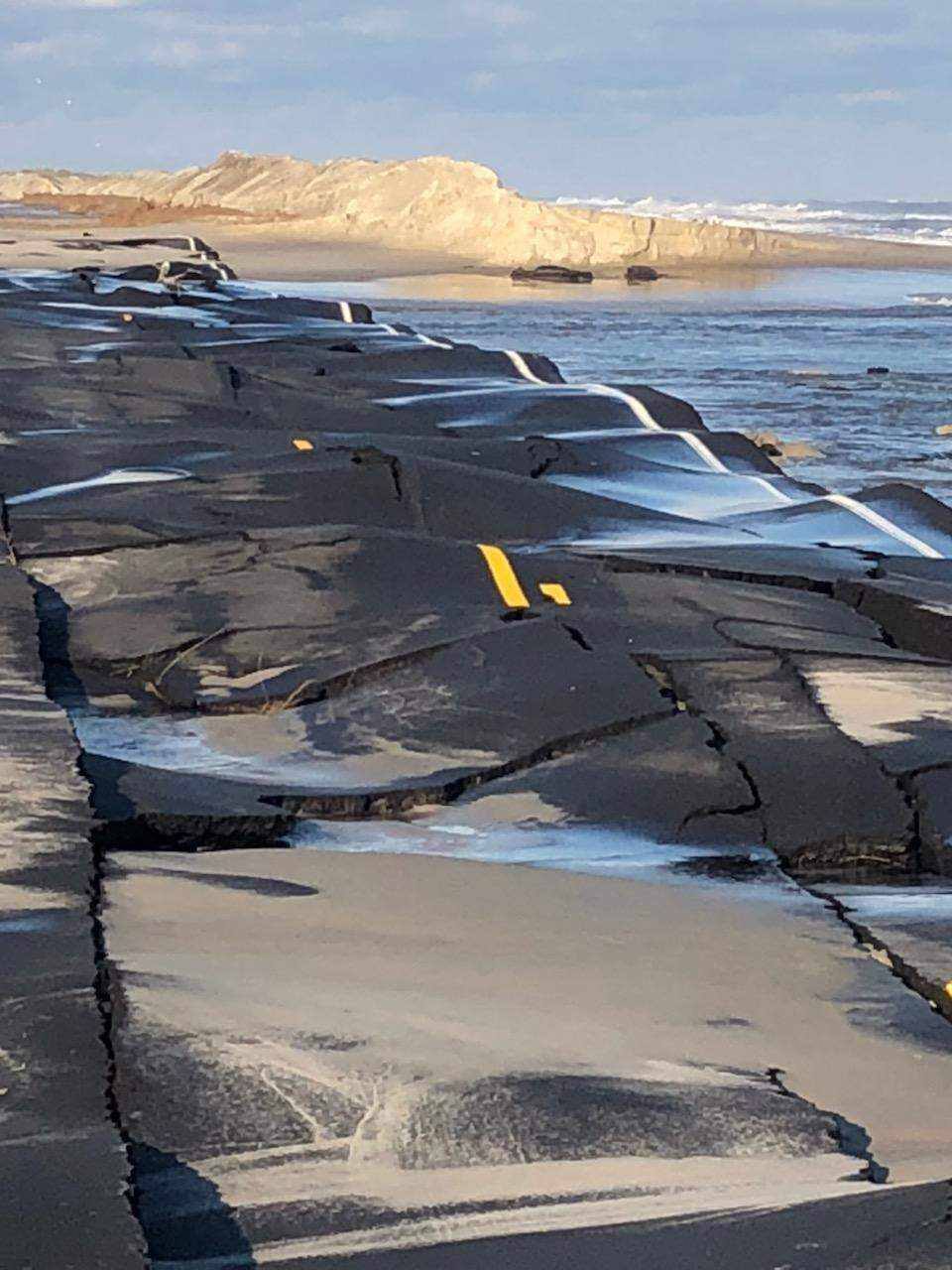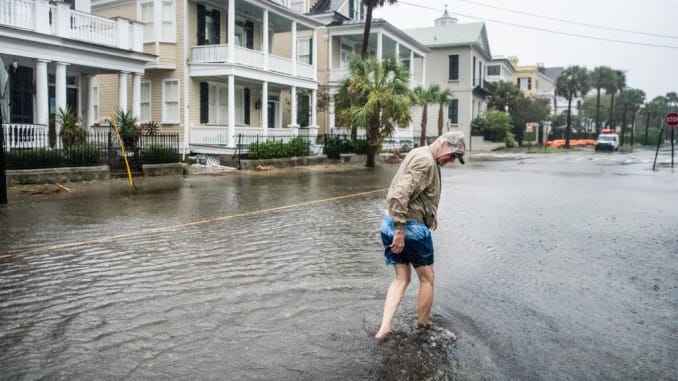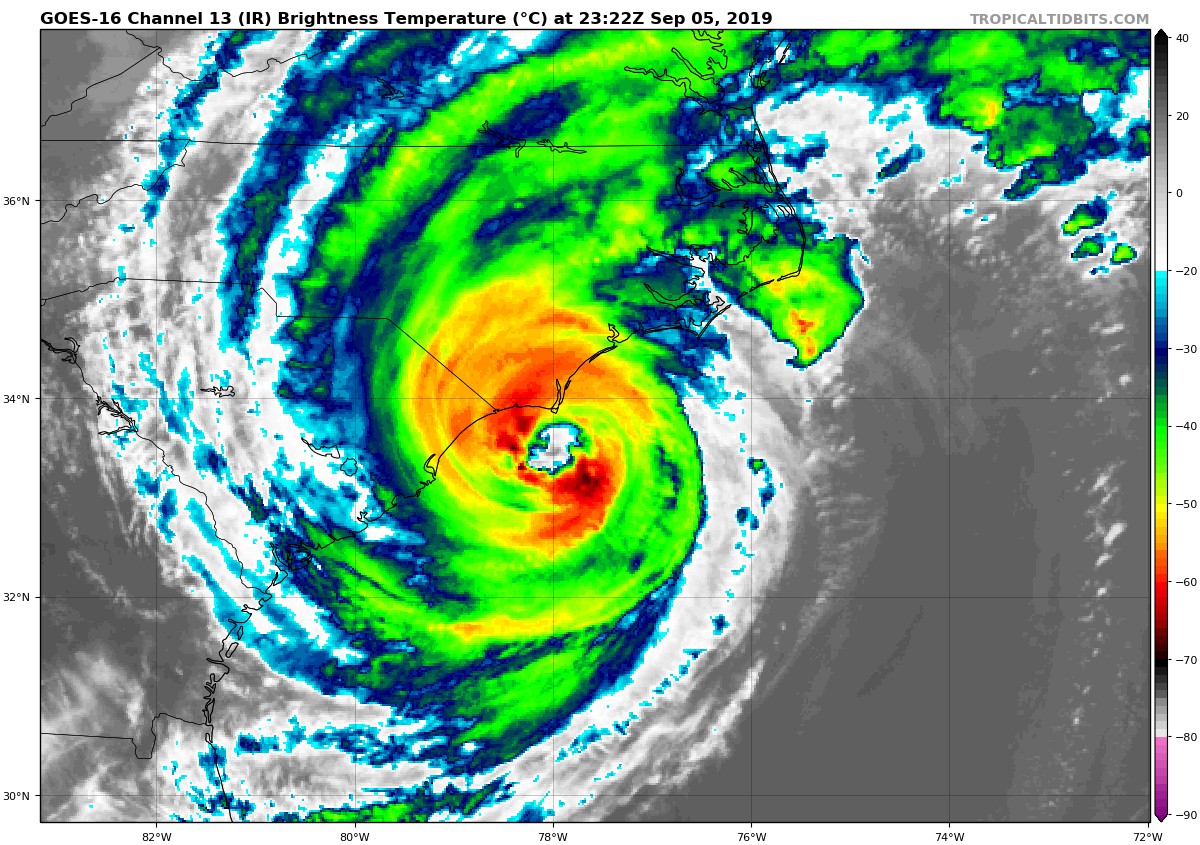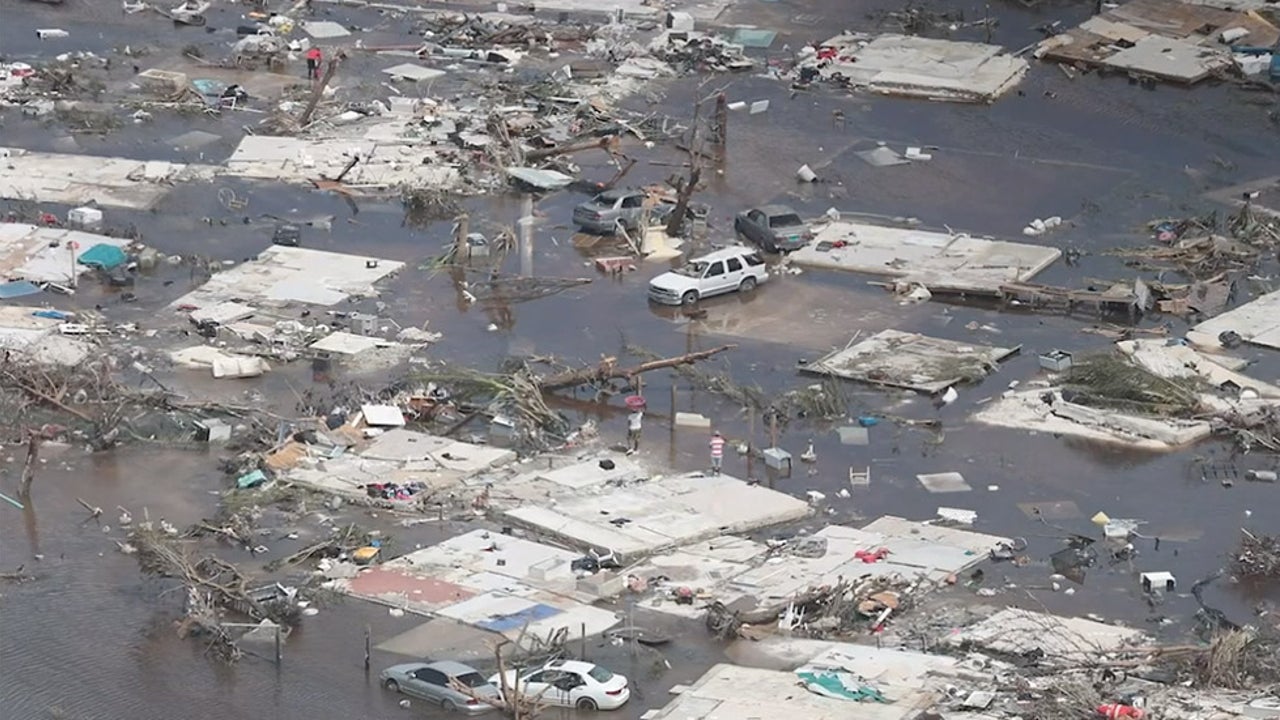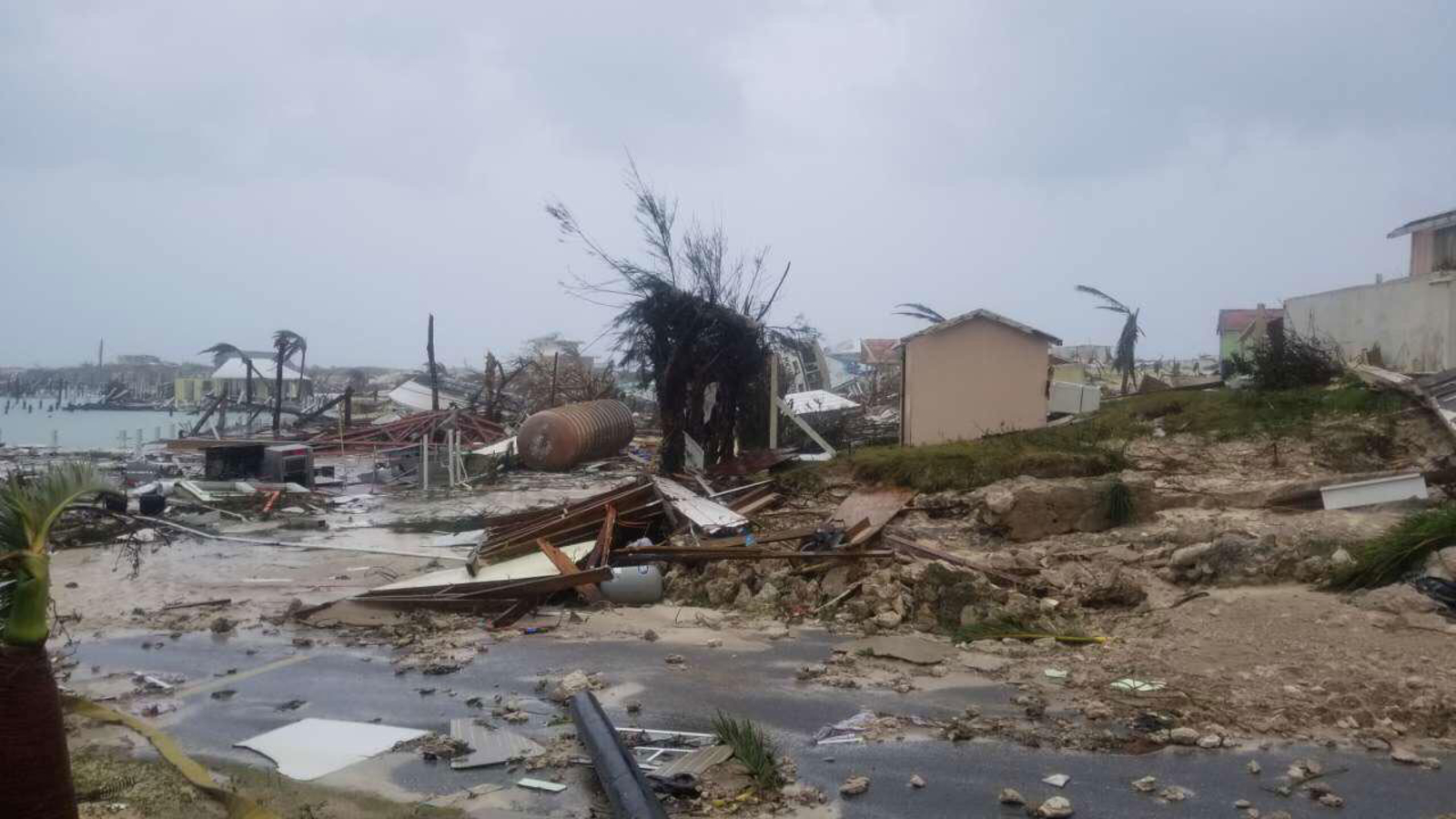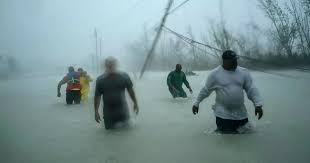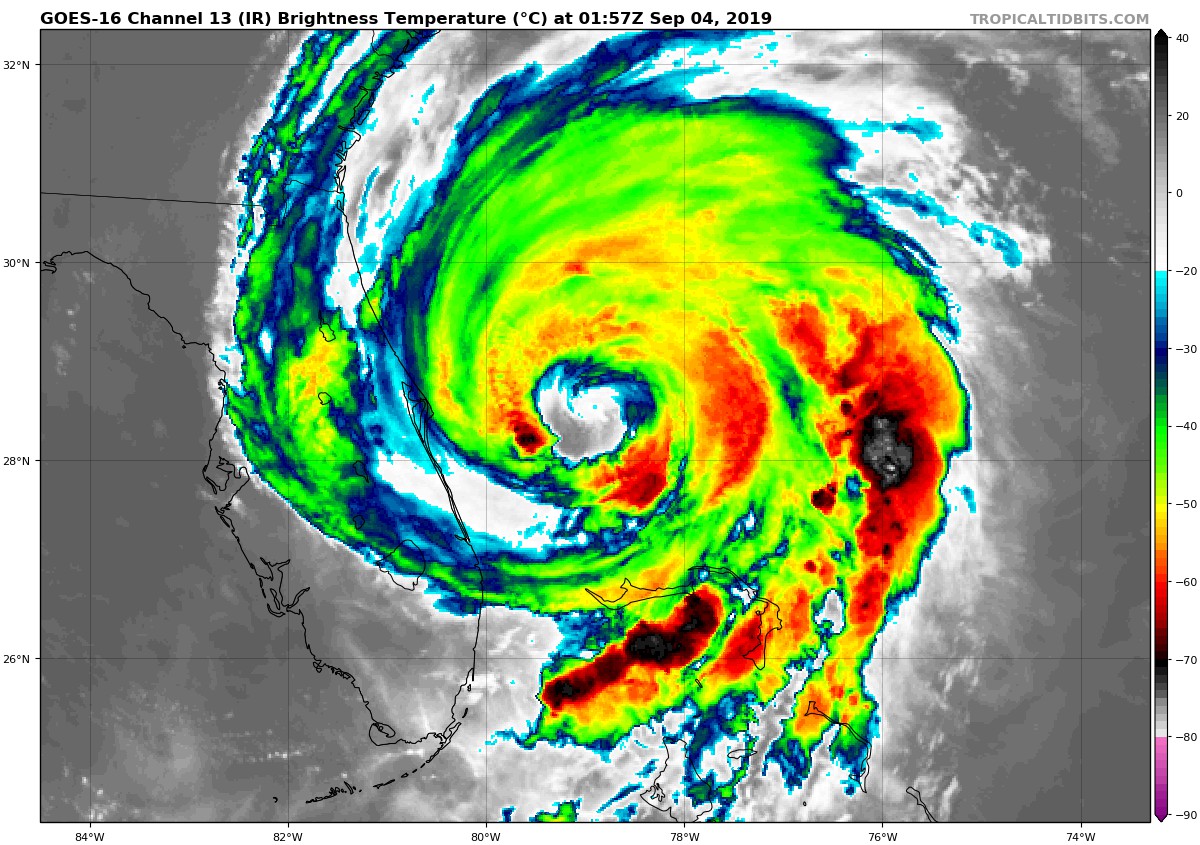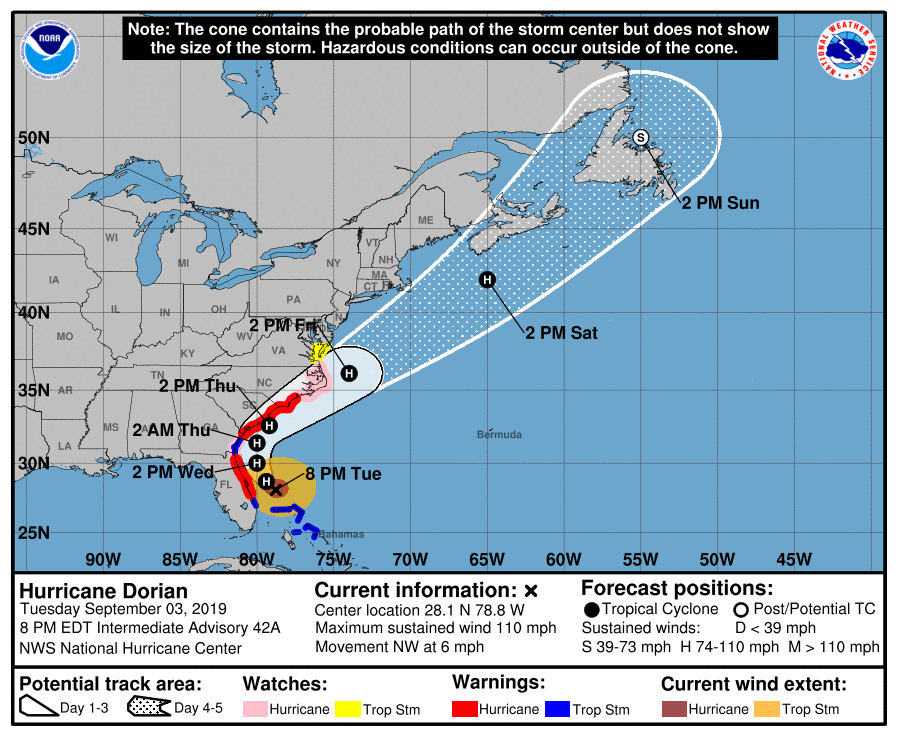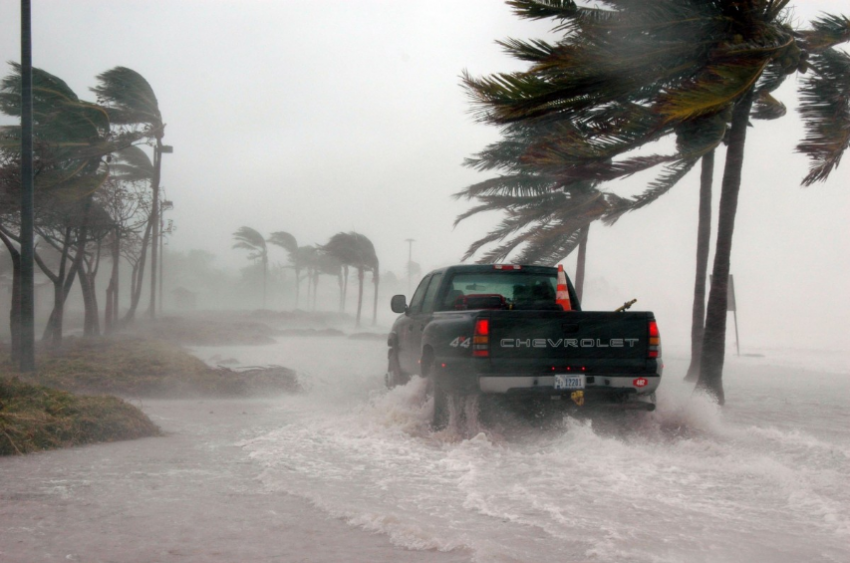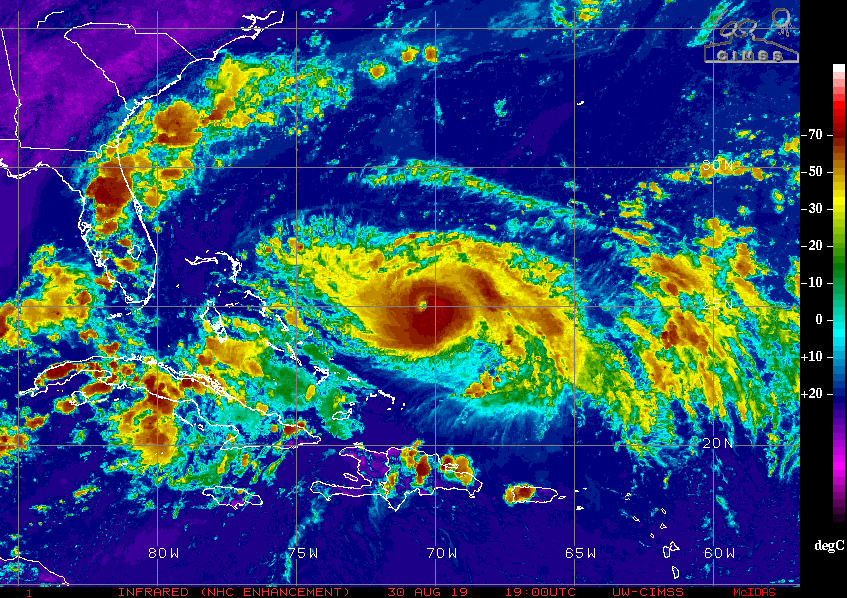Hurricane Dorian Finally Departs U.S. Coastline!
Dorian made a fourth landfall this morning on the coast of North Carolina. After lingering off of the Southeast Coast for the last several days, the storm made landfall as a Category 1 hurricane with winds of 90mph(144kph) on Cape Hatteras, around 8:35am. Although substantial, this is no where near the strength of it’s first three landfalls in The Bahamas, where it roared ashore with winds clocked in at 185mph(298kph). Despite the weakened state, Dorian still brought destructive winds and an overwhelming storm surge along the coast, with the Outer Banks of North Carolina being hit the hardest.

The most severe damage in North Carolina has been on Ocracoke Island, where a higher than normal tide combined with relentless winds have brought record flooding. The flooding, brought in from the Pamlico Sound, has stranded up to 800 people on the island, and is the second highest water level on record. The island has been left only accessible by boat or air, as residents have been told to remain off the roads until crews are able to assess the conditions. Later in the afternoon on Friday, crews began transporting residents to nearby shelters until conditions improve.
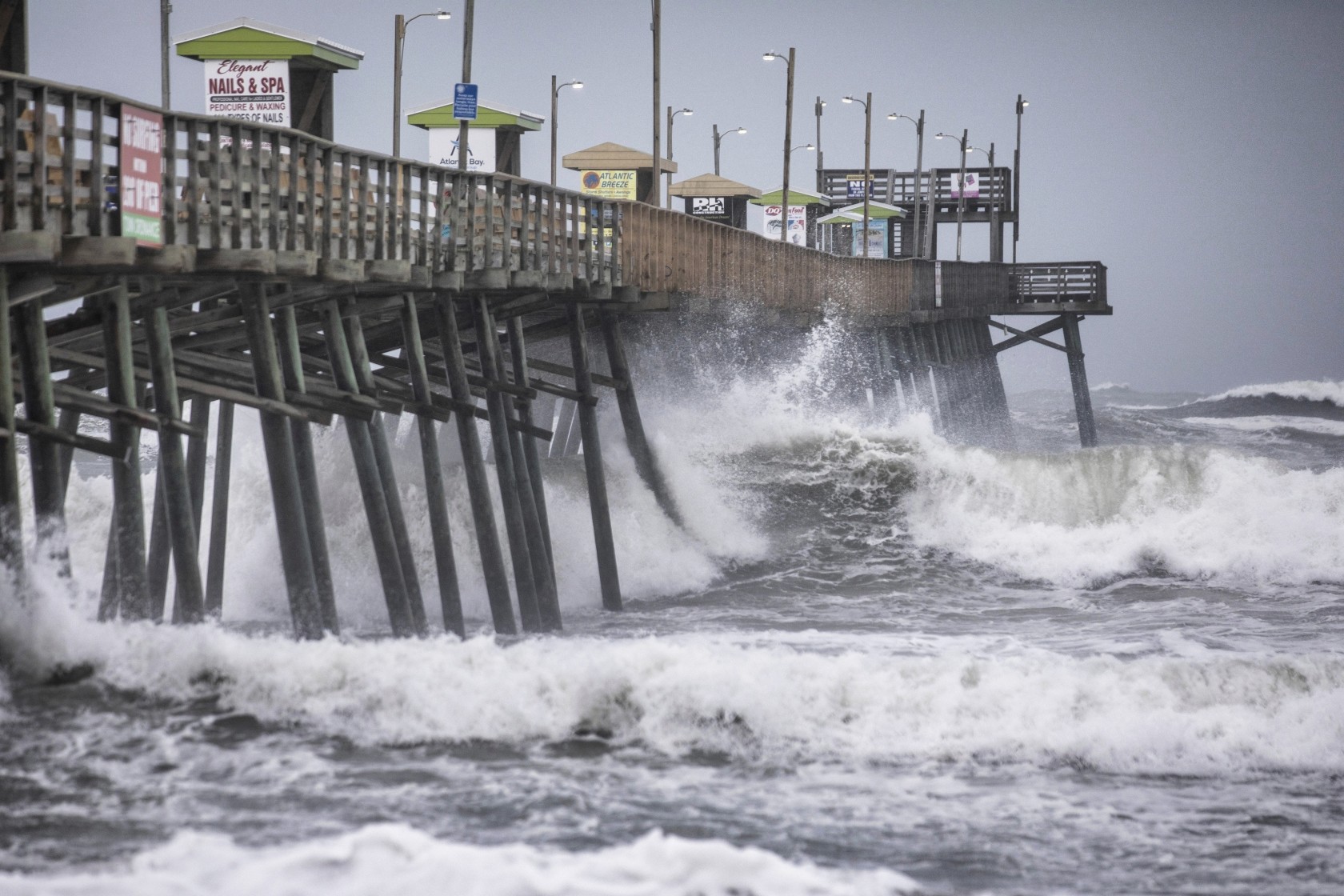
At the peak of the storm, over 300,000 customers were without power, but that number has since significantly dropped as crews are working feverishly to restore the power. The highest wind gust reported was 110mph(177kph) on Cedar Island, North Carolina, while the highest rainfall total was 15.2 inches(386mm) on Pawleys Island, South Carolina. The storm surge on Ocracoke Island was up to 7 feet(2.1M).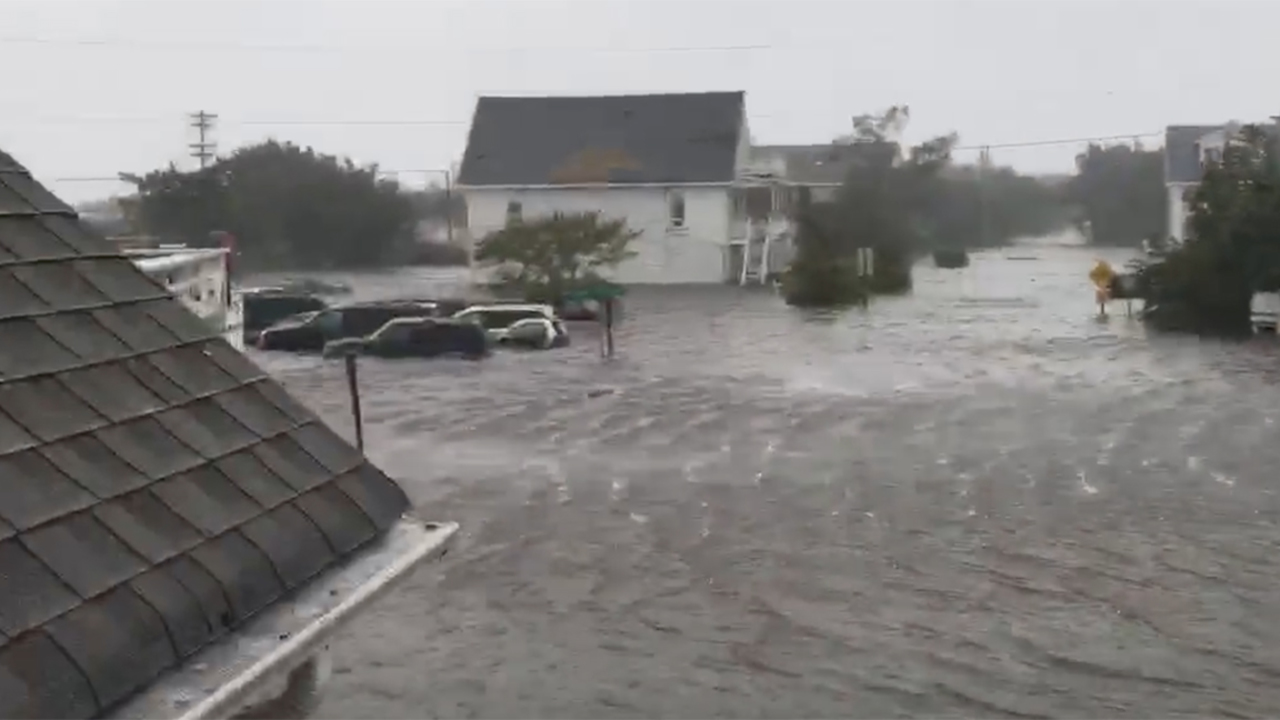
Dorian is now racing out to sea, with the Atlantic provinces of Canada next in line to feel his affects. The storm may be gone, but not soon forgotten, as the trail of destruction in it’s wake is staggering. With a death toll still climbing, and damage estimates north of $10 billion dollars, it is very likely the name Dorian will be retired by The World Meteorological Organization, never to be used for future hurricane seasons.
